The Sequencing Reagents market is expected to grow from USD 4.37 billion in 2020 to USD 15.57 billion by 2028, at a CAGR of 13.55% during the forecast period 2021-2028.
Reagents are used for determining the DNA sequence of each cluster on a flow cell using sequencing by synthesis technology. The unique compounds that are used in different research activities involves the sequencing technology are known to be sequencing reagents. The Third Generation Sequencing (TGS) Techniques streamline the flow of work and reduce the overall time that is required for the preparation step.
The factors driving the market are increase in research & development (R&D) activities, reduction in the cost of genetic sequencing procedures, increasing funding by the government and manufacturers in the field of genomics, increasing prevalence of chronic diseases. In addition, the development of construction in sequencing technology so as to provide the higher throughput for the large-scale genomic research contributes to the market growth. Development of Single Molecule Real Time (SMRT) and Nanopore sequencing for the cost-effective and efficient preparation of sequencing libraries that enables the researchers to sequence entire genome within a short period at affordable cost. The factors restraining the market growth are the social and ethical concerns that are associated with sequencing and the budget constraints of end-users. The lack of skilled professionals is also the other factor that hinders the market growth. The initiatives by the government are expected to provide market growth opportunities.
This study delivers a comprehensive analysis of technology, application, reagent type, end-user and region. The technology segment includes Next Generation Sequencing (NGS), Third Generation Sequencing (TGS) and Sanger Sequencing. The Next Generation Sequencing (NGS) segment held the largest market share in 2020, owing to its ability to provide massive parallel decoding of Deoxyribonucleic acid (DNA) or Ribonucleic acid (RNA) fragments based upon the sequencing by synthesis or single molecule sequencing principles. The application segment includes Oncology, Agrigenomics and Forensics, Reproductive Health and Clinical Investigation. The Oncology segment held the largest market share in 2020, owing to the rapid development of the capabilities of sequencing. The developments of sequencing enabled the Oncologists to access the genetic information and heterogeneity which are associated with cancer and cancer related genomics. The reagent type segment includes Control kits, Sequencing Kits, Template Kits, Library Kits and Other reagent types. The Sequencing kits segment held the largest market share in 2020, owing to its vast availability. The end-user type segment includes Hospitals & Clinics, Pharmaceutical & biotechnology Companies, Academic Research, Research Institutes. The Hospitals & Clinics segment held the largest market share in 2020, owing to the surging penetration of high output technology based diagnostic tests.
The market has been divided into North America, Europe, Asia-Pacific, Middle East & Africa, and South America. North America holds the largest market share in the U.S., owing to the growing research & development (R&D), rising prevalence of chronic diseases. In addition, the rising adoption of well-established infrastructure and novel sequencing technologies contributes to the growth of the segment. Asia-Pacific is expected to witness significant growth, owing to the improvement of healthcare infrastructure and expansion of business in emerging markets.
Some of the notable players in the market are LGC Bio search Technologies, BGI Group, Illumina Inc., F. Hoffmann-La Roche Ltd., Pacific Biosciences of California, Inc., Trilink Biotechnologies, Qiagen, Thermo Fisher Scientific, Inc., Fluidigm Corporation, Takara Bio, Inc., Bioline, Agilent Technologies, Inc. and Oxford Nanopore Technologies.
Sequencing Reagents Market Analysis and Forecast, Technology
Sequencing Reagents Market Analysis and Forecast, Application
Sequencing Reagents Market Analysis and Forecast, Reagent Type
Sequencing Reagents Market Analysis and Forecast, End-user
Sequencing Reagents Market Analysis and Forecast, Region
Report Description:
1. Introduction
1.1. Objectives of the Study
1.2. Market Definition
1.3. Research Scope
1.4. Currency
1.5. Key Target Audience
2. Research Methodology and Assumptions
3. Executive Summary
4. Premium Insights
4.1. Porter’s Five Forces Analysis
4.2. Value Chain Analysis
4.3. Top Investment Pockets
4.3.1. Market Attractiveness Analysis By Technology
4.3.2. Market Attractiveness Analysis By Application
4.3.3. Market Attractiveness Analysis By Reagent Type
4.3.4. Market Attractiveness Analysis By End-User
4.3.5. Market Attractiveness Analysis By Region
4.4. Industry Trends
5. Market Dynamics
5.1. Market Evaluation
5.2. Drivers
5.2.1. Increase in research & development (R&D) activities
5.2.2. Rising funding for genomics and the presence of government programs
5.3. Restrains
5.3.1. Social and ethical concerns that are associated with sequencing
5.3.2. Budget constraints of end-users
5.3.3. Disruptions in supply chain which is caused due to the halt in global operation
5.4. Opportunities
5.4.1. Advancements in technologies
5.4.2. Initiatives by the government
6. Global Sequencing Reagents Market Analysis and Forecast, By Technology
6.1. Segment Overview
6.2. Next Generation Sequencing (NGS)
6.3. Third Generation Sequencing (TGS)
6.4. Sanger Sequencing
7. Global Sequencing Reagents Market Analysis and Forecast, By Application
7.1. Segment Overview
7.2. Oncology
7.3. Agrigenomics and Forensics
7.4. Reproductive Health
7.5. Clinical Investigation
8. Global Sequencing Reagents Market Analysis and Forecast, By Reagent Type
8.1. Segment Overview
8.2. Control kits
8.3. Sequencing Kits
8.4. Template Kits
8.5. Library Kits
9. Global Sequencing Reagents Market Analysis and Forecast, By End-User
9.1. Segment Overview
9.2. Hospitals & Clinics
9.3. Pharmaceutical & biotechnology Companies
9.4. Academic Research
9.5. Research Institutes
10. Global Sequencing Reagents Market Analysis and Forecast, By Regional Analysis
10.1. Segment Overview
10.2. North America
10.2.1. U.S.
10.2.2. Canada
10.2.3. Mexico
10.3. Europe
10.3.1. Germany
10.3.2. France
10.3.3. U.K.
10.3.4. Italy
10.3.5. Spain
10.4. Asia-Pacific
10.4.1. Japan
10.4.2. China
10.4.3. India
10.5. South America
10.5.1. Brazil
10.6. Middle East and Africa
10.6.1. UAE
10.6.2. South Africa
11. Global Sequencing Reagents Market-Competitive Landscape
11.1. Overview
11.2. Market Share of Key Players in Global Sequencing Reagents Market
11.2.1. Global Company Market Share
11.2.2. North America Company Market Share
11.2.3. Europe Company Market Share
11.2.4. APAC Company Market Share
11.3. Competitive Situations and Trends
11.3.1. Application Launches and Developments
11.3.2. Partnerships, Collaborations, and Agreements
11.3.3. Mergers & Acquisitions
11.3.4. Expansions
12. Company Profiles
12.1. LGC Bio search Technologies
12.1.1. Business Overview
12.1.2. Company Snapshot
12.1.3. Company Market Share Analysis
12.1.4. Company Application Portfolio
12.1.5. Recent Developments
12.1.6. SWOT Analysis
12.2. BGI Group
12.2.1. Business Overview
12.2.2. Company Snapshot
12.2.3. Company Market Share Analysis
12.2.4. Company Application Portfolio
12.2.5. Recent Developments
12.2.6. SWOT Analysis
12.3. Illumina Inc.
12.3.1. Business Overview
12.3.2. Company Snapshot
12.3.3. Company Market Share Analysis
12.3.4. Company Application Portfolio
12.3.5. Recent Developments
12.3.6. SWOT Analysis
12.4. F. Hoffmann-La Roche Ltd
12.4.1. Business Overview
12.4.2. Company Snapshot
12.4.3. Company Market Share Analysis
12.4.4. Company Application Portfolio
12.4.5. Recent Developments
12.4.6. SWOT Analysis
12.5. Pacific Biosciences of California, Inc.
12.5.1. Business Overview
12.5.2. Company Snapshot
12.5.3. Company Market Share Analysis
12.5.4. Company Application Portfolio
12.5.5. Recent Developments
12.5.6. SWOT Analysis
12.6. Trilink Biotechnologies
12.6.1. Business Overview
12.6.2. Company Snapshot
12.6.3. Company Market Share Analysis
12.6.4. Company Application Portfolio
12.6.5. Recent Developments
12.6.6. SWOT Analysis
12.7. Qiagen
12.7.1. Business Overview
12.7.2. Company Snapshot
12.7.3. Company Market Share Analysis
12.7.4. Company Application Portfolio
12.7.5. Recent Developments
12.7.6. SWOT Analysis
12.8. Thermo Fisher Scientific, Inc.
12.8.1. Business Overview
12.8.2. Company Snapshot
12.8.3. Company Market Share Analysis
12.8.4. Company Application Portfolio
12.8.5. Recent Developments
12.8.6. SWOT Analysis
12.9. Fluidigm Corporation
12.9.1. Business Overview
12.9.2. Company Snapshot
12.9.3. Company Market Share Analysis
12.9.4. Company Application Portfolio
12.9.5. Recent Developments
12.9.6. SWOT Analysis
12.10. Takara Bio, Inc.
12.10.1. Business Overview
12.10.2. Company Snapshot
12.10.3. Company Market Share Analysis
12.10.4. Company Application Portfolio
12.10.5. Recent Developments
12.10.6. SWOT Analysis
12.11. Bioline
12.11.1. Business Overview
12.11.2. Company Snapshot
12.11.3. Company Market Share Analysis
12.11.4. Company Application Portfolio
12.11.5. Recent Developments
12.11.6. SWOT Analysis
12.12. Agilent Technologies, Inc.
12.12.1. Business Overview
12.12.2. Company Snapshot
12.12.3. Company Market Share Analysis
12.12.4. Company Application Portfolio
12.12.5. Recent Developments
12.12.6. SWOT Analysis
12.13. Oxford Nanopore Technologies
12.13.1. Business Overview
12.13.2. Company Snapshot
12.13.3. Company Market Share Analysis
12.13.4. Company Application Portfolio
12.13.5. Recent Developments
12.13.6. SWOT Analysis
List of Table
1. Global Sequencing Reagents Market, By Technology, 2018-2028 (USD Billion)
2. Global Next Generation Sequencing (NGS), Sequencing Reagents Market, By Region, 2018-2028 (USD Billion)
3. Global Third Generation Sequencing (TGS), Sequencing Reagents Market, By Region, 2018-2028 (USD Billion)
4. Global Sanger Sequencing, Sequencing Reagents Market, By Region, 2018-2028 (USD Billion)
5. Global Sequencing Reagents Market, By Application, 2018-2028 (USD Billion)
6. Global Oncology, Sequencing Reagents Market, By Region, 2018-2028 (USD Billion)
7. Global Agrigenomics and Forensics, Sequencing Reagents Market, By Region, 2018-2028 (USD Billion)
8. Global Reproductive Health, Sequencing Reagents Market, By Region, 2018-2028 (USD Billion)
9. Global Clinical Investigation, Sequencing Reagents Market, By Region, 2018-2028 (USD Billion)
10. Global Sequencing Reagents Market, By Reagent Type, 2018-2028 (USD Billion)
11. Global Control kits, Sequencing Reagents Market, By Region, 2018-2028 (USD Billion)
12. Global Sequencing Kits, Sequencing Reagents Market, By Region, 2018-2028 (USD Billion)
13. Global Template Kits, Sequencing Reagents Market, By Region, 2018-2028 (USD Billion)
14. Global Library Kits, Sequencing Reagents Market, By Region, 2018-2028 (USD Billion)
15. Global Sequencing Reagents Market, By End-user, 2018-2028 (USD Billion)
16. Global Hospitals & Clinics, Sequencing Reagents Market, By Region, 2018-2028 (USD Billion)
17. Global Pharmaceutical & biotechnology Companies, Sequencing Reagents Market, By Region, 2018-2028 (USD Billion)
18. Global Academic Research, Sequencing Reagents Market, By Region, 2018-2028 (USD Billion)
19. Global Research Institutes, Sequencing Reagents Market, By Region, 2018-2028 (USD Billion)
20. North America Sequencing Reagents Market, By Technology, 2018-2028 (USD Billion)
21. North America Sequencing Reagents Market, By Application, 2018-2028 (USD Billion)
22. North America Sequencing Reagents Market, By Reagent Type, 2018-2028 (USD Billion)
23. North America Sequencing Reagents Market, By End-user, 2018-2028 (USD Billion)
24. U.S. Sequencing Reagents Market, By Technology, 2018-2028 (USD Billion)
25. U.S. Sequencing Reagents Market, By Application, 2018-2028 (USD Billion)
26. U.S. Sequencing Reagents Market, By Reagent Type, 2018-2028 (USD Billion)
27. U.S. Sequencing Reagents Market, By End-user, 2018-2028 (USD Billion)
28. Canada Sequencing Reagents Market, By Technology, 2018-2028 (USD Billion)
29. Canada Sequencing Reagents Market, By Application, 2018-2028 (USD Billion)
30. Canada Sequencing Reagents Market, By Reagent Type, 2018-2028 (USD Billion)
31. Canada Sequencing Reagents Market, By End-user, 2018-2028 (USD Billion)
32. Mexico Sequencing Reagents Market, By Technology, 2018-2028 (USD Billion)
33. Mexico Sequencing Reagents Market, By Application, 2018-2028 (USD Billion)
34. Mexico Sequencing Reagents Market, By Reagent Type, 2018-2028 (USD Billion)
35. Mexico Sequencing Reagents Market, By End-user, 2018-2028 (USD Billion)
36. Europe Sequencing Reagents Market, By Technology, 2018-2028 (USD Billion)
37. Europe Sequencing Reagents Market, By Application, 2018-2028 (USD Billion)
38. Europe Sequencing Reagents Market, By Reagent Type, 2018-2028 (USD Billion)
39. Europe Sequencing Reagents Market, By End-user, 2018-2028 (USD Billion)
40. Germany Sequencing Reagents Market, By Technology, 2018-2028 (USD Billion)
41. Germany Sequencing Reagents Market, By Application, 2018-2028 (USD Billion)
42. Germany Sequencing Reagents Market, By Reagent Type, 2018-2028 (USD Billion)
43. Germany Sequencing Reagents Market, By End-user, 2018-2028 (USD Billion)
44. France Sequencing Reagents Market, By Technology, 2018-2028 (USD Billion)
45. France Sequencing Reagents Market, By Application, 2018-2028 (USD Billion)
46. France Sequencing Reagents Market, By Reagent Type, 2018-2028 (USD Billion)
47. France Sequencing Reagents Market, By End-user, 2018-2028 (USD Billion)
48. U.K. Sequencing Reagents Market, By Technology, 2018-2028 (USD Billion)
49. U.K. Sequencing Reagents Market, By Application, 2018-2028 (USD Billion)
50. U.K. Sequencing Reagents Market, By Reagent Type, 2018-2028 (USD Billion)
51. U.K. Sequencing Reagents Market, By End-user, 2018-2028 (USD Billion)
52. Italy Sequencing Reagents Market, By Technology, 2018-2028 (USD Billion)
53. Italy Sequencing Reagents Market, By Application, 2018-2028 (USD Billion)
54. Italy Sequencing Reagents Market, By Reagent Type, 2018-2028 (USD Billion)
55. Italy Sequencing Reagents Market, By End-user, 2018-2028 (USD Billion)
56. Spain Sequencing Reagents Market, By Technology, 2018-2028 (USD Billion)
57. Spain Sequencing Reagents Market, By Application, 2018-2028 (USD Billion)
58. Spain Sequencing Reagents Market, By Reagent Type, 2018-2028 (USD Billion)
59. Spain Sequencing Reagents Market, By End-user, 2018-2028 (USD Billion)
60. Asia Pacific Sequencing Reagents Market, By Technology, 2018-2028 (USD Billion)
61. Asia Pacific Sequencing Reagents Market, By Application, 2018-2028 (USD Billion)
62. Asia Pacific Sequencing Reagents Market, By Reagent Type, 2018-2028 (USD Billion)
63. Asia Pacific Sequencing Reagents Market, By End-user, 2018-2028 (USD Billion)
64. Japan Sequencing Reagents Market, By Technology, 2018-2028 (USD Billion)
65. Japan Sequencing Reagents Market, By Application, 2018-2028 (USD Billion)
66. Japan Sequencing Reagents Market, By Reagent Type, 2018-2028 (USD Billion)
67. Japan Sequencing Reagents Market, By End-user, 2018-2028 (USD Billion)
68. China Sequencing Reagents Market, By Technology, 2018-2028 (USD Billion)
69. China Sequencing Reagents Market, By Application, 2018-2028 (USD Billion)
70. China Sequencing Reagents Market, By Reagent Type, 2018-2028 (USD Billion)
71. China Sequencing Reagents Market, By End-user, 2018-2028 (USD Billion)
72. India Sequencing Reagents Market, By Technology, 2018-2028 (USD Billion)
73. India Sequencing Reagents Market, By Application, 2018-2028 (USD Billion)
74. India Sequencing Reagents Market, By Reagent Type, 2018-2028 (USD Billion)
75. India Sequencing Reagents Market, By End-user, 2018-2028 (USD Billion)
76. South America Sequencing Reagents Market, By Technology, 2018-2028 (USD Billion)
77. South America Sequencing Reagents Market, By Application, 2018-2028 (USD Billion)
78. South America Sequencing Reagents Market, By Reagent Type, 2018-2028 (USD Billion)
79. South America Sequencing Reagents Market, By End-user, 2018-2028 (USD Billion)
80. Brazil Sequencing Reagents Market, By Technology, 2018-2028 (USD Billion)
81. Brazil Sequencing Reagents Market, By Application, 2018-2028 (USD Billion)
82. Brazil Sequencing Reagents Market, By Reagent Type, 2018-2028 (USD Billion)
83. Brazil Sequencing Reagents Market, By End-user, 2018-2028 (USD Billion)
84. Middle East and Africa Sequencing Reagents Market, By Technology, 2018-2028 (USD Billion)
85. Middle East and Africa Sequencing Reagents Market, By Application, 2018-2028 (USD Billion)
86. Middle East and Africa Sequencing Reagents Market, By Reagent Type, 2018-2028 (USD Billion)
87. Middle East and Africa Sequencing Reagents Market, By End-user, 2018-2028 (USD Billion)
88. UAE Sequencing Reagents Market, By Technology, 2018-2028 (USD Billion)
89. UAE Sequencing Reagents Market, By Application, 2018-2028 (USD Billion)
90. UAE Sequencing Reagents Market, By Reagent Type, 2018-2028 (USD Billion)
91. UAE Sequencing Reagents Market, By End-user, 2018-2028 (USD Billion)
92. South Africa Sequencing Reagents Market, By Technology, 2018-2028 (USD Billion)
93. South Africa Sequencing Reagents Market, By Application, 2018-2028 (USD Billion)
94. South Africa Sequencing Reagents Market, By Reagent Type, 2018-2028 (USD Billion)
95. South Africa Sequencing Reagents Market, By End-user, 2018-2028 (USD Billion)
List of Figures
1. Global Sequencing Reagents Market Segmentation
2. Global Sequencing Reagents Market: Research Methodology
3. Market Size Estimation Methodology: Bottom-Up Approach
4. Market Size Estimation Methodology: Top-Down Approach
5. Data Triangulation
6. Porter’s Five Forces Analysis
7. Value Chain Analysis
8. Global Sequencing Reagents Market Attractiveness Analysis By Technology
9. Global Sequencing Reagents Market Attractiveness Analysis By Application
10. Global Sequencing Reagents Market Attractiveness Analysis By Reagent Type
11. Global Sequencing Reagents Market Attractiveness Analysis By End-User
12. Global Sequencing Reagents Market Attractiveness Analysis By Region
13. Global Sequencing Reagents Market: Dynamics
14. Global Sequencing Reagents Market Share by Technology(2021 & 2028)
15. Global Sequencing Reagents Market Share by Application (2021 & 2028)
16. Global Sequencing Reagents Market Share by Reagent Type(2021 & 2028)
17. Global Sequencing Reagents Market Share by End-user (2021 & 2028)
18. Global Sequencing Reagents Market Share by Regions (2021 & 2028)
19. Global Sequencing Reagents Market Share by Company (2020)
Market research is a method of gathering, assessing and deducing data & information about a particular market. Market research is very crucial in these days. The techniques analyze about how a product/service can be offered to the market to its end-customers, observe the impact of that product/service based on the past customer experiences, and cater their needs and demands. Owing to the successful business ventures, accurate, relevant and thorough information is the base for all the organizations because market research report/study offers specific market related data & information about the industry growth prospects, perspective of the existing customers, and the overall market scenario prevailed in past, ongoing present and developing future. It allows the stakeholders and investors to determine the probability of a business before committing substantial resources to the venture. Market research helps in solving the marketing issues challenges that a business will most likely face.
Market research is valuable because of the following reasons:
Our research report features both the aspects; qualitative and quantitative. Qualitative part provides insights about the market driving forces, potential opportunities, customer’s demands and requirement which in turn help the companies to come up with new strategies in order to survive in the long run competition. The quantitative segment offers the most credible information related to the industry. Based on the data gathering, we use to derive the market size and estimate their future growth prospects on the basis of global, region and country.
Our market research process involves with the four specific stages.
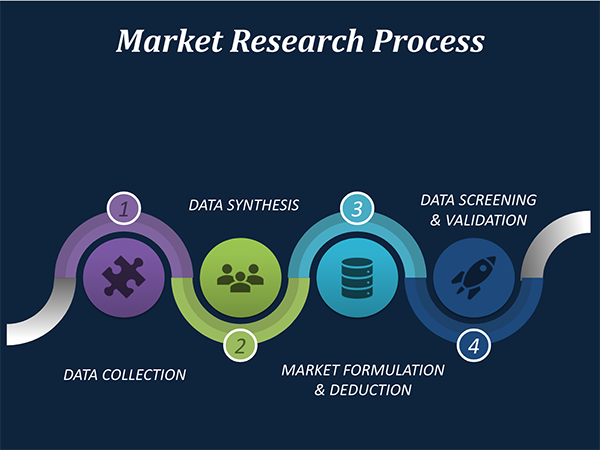
Data Collection: This stage of the market research process involves with the gathering and collecting of the market/industry related data from the sources. There are basically two types of research methods:
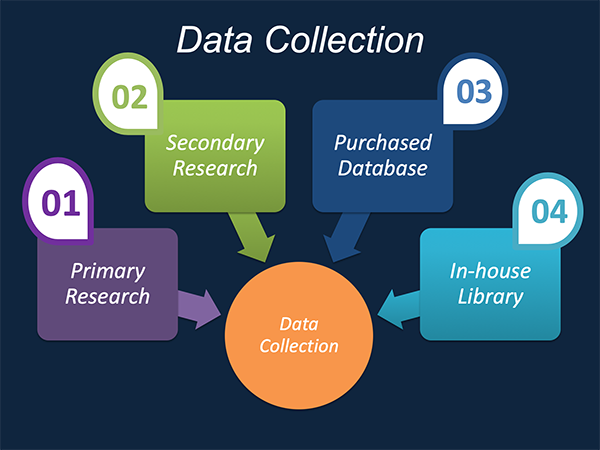
Data Synthesis: This stage includes the evaluation and assessment of all the data acquired from the primary and secondary research. It likewise includes in evaluating the information for any disparity watched while information gathering identified with the market. The data & information is gathered with consideration to the heterogeneity of sources. Scientific and statistical methods are implemented for synthesizing dissimilar information sets and provide the relevant data which is fundamental for formulating strategies. Our organization has broad involvement with information amalgamation where the information goes through different stages:
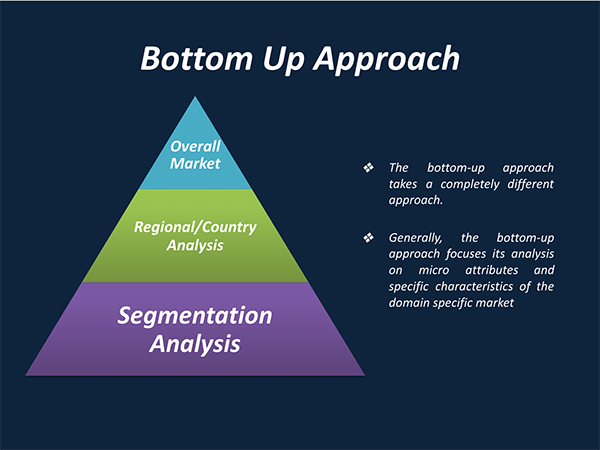
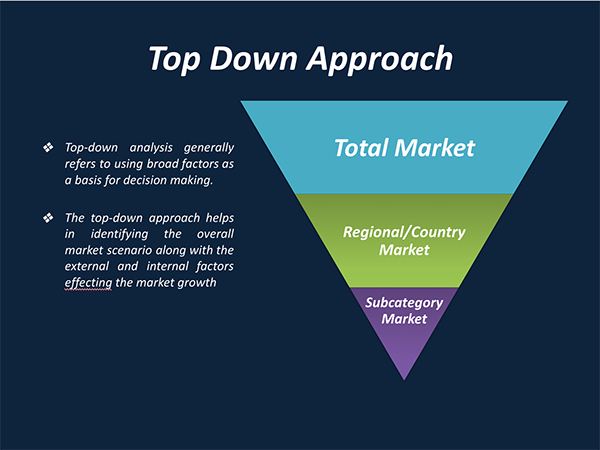
Market Formulation & Deduction: The last stage includes assigning the data & information in a suitable way in order to derive market size. Analyst reviews and domain based opinions based on holistic approach of market estimation combined with industry investigation additionally features a crucial role in this stage.
This stage includes with the finalization of the market size and numbers that we have gathered from primary and secondary research. With the data & information addition, we ensure that there is no gap in the market information. Market trend analysis is finished by our analysts by utilizing data extrapolation procedures, which give the most ideal figures to the market.
Data Validation: Validation is the most crucial step in the process. Validation & re-validation through scientifically designed technique and process that helps us finalize data-points to be used for final calculations. This stage also involves with the data triangulation process. Data triangulation generally implicates the cross validation and matching the data which has been collected from primary and secondary research methods.
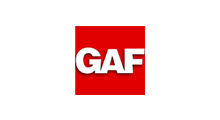

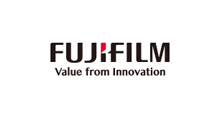
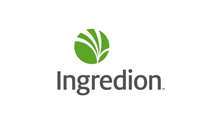

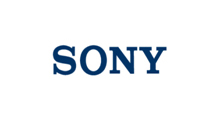
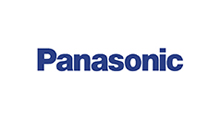
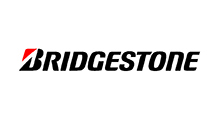
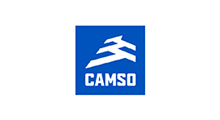
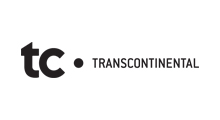
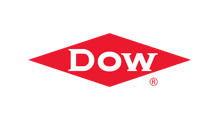
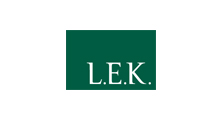

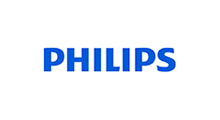
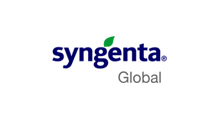
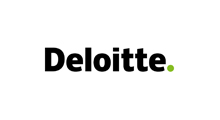

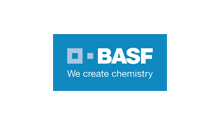
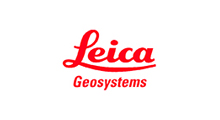
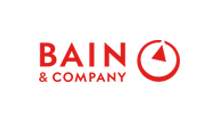
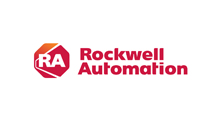
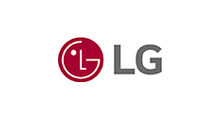
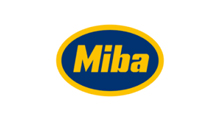
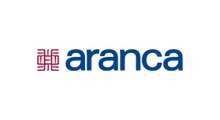
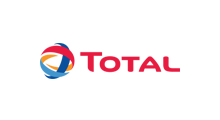
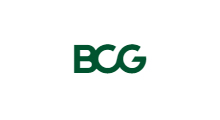
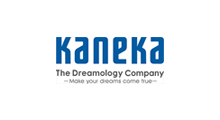
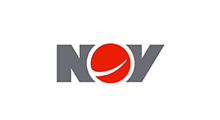
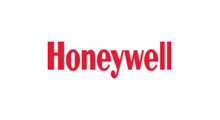
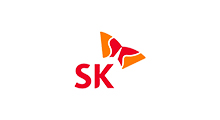
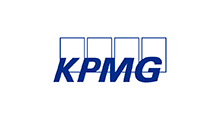
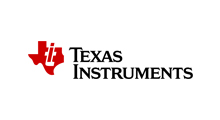
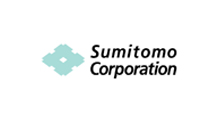
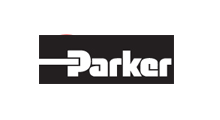
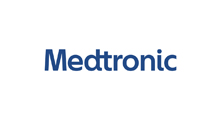
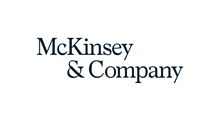


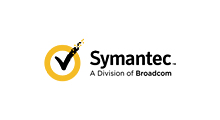
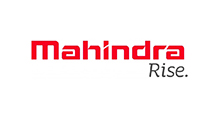
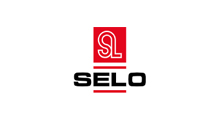
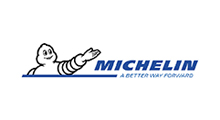

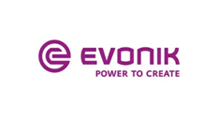

Free Customization
Countries can be added on demand
Free yearly update on purchase of Multi/Corporate User License
Companies served till date

We serve our customers 24x7 for 365 days through calls, emails and live chat options.
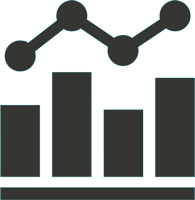
Huge database of exceptional market reports bringing market intelligence to your fingertips.

SSL enabled, we offer you various secured payment options for risk free purchase.